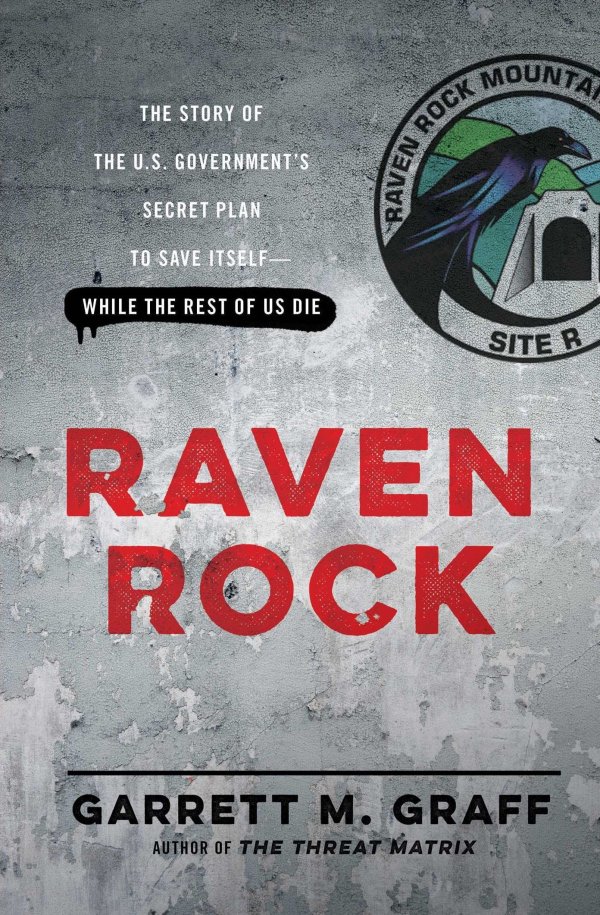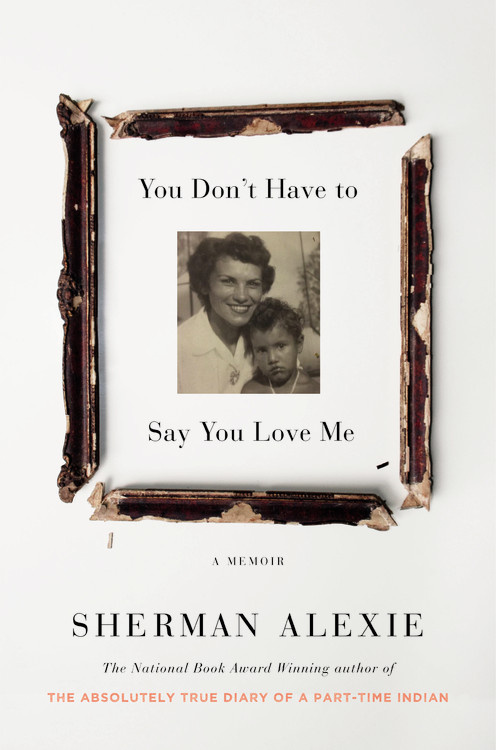FRESH AIR: Several years ago, when Garrett Graff was working at Washingtonian magazine, a coworker brought him a lost ID badge that he’d found on the floor of a parking garage. “It was a government ID for someone from the intelligence community, and he gave it to me since I write about that subject, and he’s like, “I figure you can get this back to this guy,’ ” Graff recalls. There were driving directions on the back of the ID, so Graff looked it up on Google Maps, and it led him to West Virginia.
“The road dead ends into the side of a mountain,” he says, “And you can see very clearly these big concrete bunker doors — this little guard shack, chain-link fence, and then this set of concrete bunker doors beyond.” Graff had stumbled onto one of the government bunkers designed to protect U.S. leaders in the event of a nuclear, chemical or biological weapon attack — most of which were built at the outset of the atomic age and throughout the Cold War. “It was a facility that I had never heard of, that wasn’t on any map …” Graff says. “It just made me so curious to go back and understand what the history of these plans were, and what they are in modern times as well.”
The result of that curiosity is Graff’s new book Raven Rock: The Story of the U.S. Government’s Secret Plan to Save Itself – While the Rest of Us Die. Based in part on recently declassified documents, it describes the bunkers designed to protect government leaders, lines of succession to replace officials who are killed, and the roles for various agencies in the event of catastrophe. “Part of what makes these plans so interesting is thinking through … this idea of what you’re going to save for America,” Graff explains. “If you’re trying to preserve and restart the government after an attack, [it] becomes this very existential question about what is America? Are you trying to preserve the presidency? Are you preserving the three branches of government? Or are you preserving even the historical totems that have bound us together across generations as Americans?” MORE
______
FRESH AIR: On his first day in the seventh grade, Sherman Alexie opened up his school-assigned math book and found his mother’s maiden name written in it. “I was looking at a 30-year-old math book,” he says — and that was the moment he knew that he needed to leave his home. Alexie grew up on the Spokane Indian Reservation in the state of Washington. His mother was one of the few people who could still speak the native language, but she didn’t teach it to him. In his new memoir, You Don’t Have to Say You Love Me, he describes growing up surrounded by poverty, alcoholism and violence. “I knew — because of my race, and my class, and rural geography … all these forces that crush all sorts of American kids, crush their hopes and dreams — I knew I had no chance unless I left and went to a better school,” he says. The reservation school, Alexie explains, not only wasn’t preparing him for college; it wasn’t even preparing him to think about college. Eventually, he found his way to college and became an award-winning writer. He received the PEN/Faulkner Award for his short story collection The Lone Ranger and Tonto Fistfight in Heaven, and the National Book Award for Young People’s Literature for The Absolutely True Diary of a Part-Time Indian. MORE


